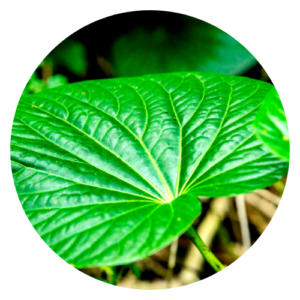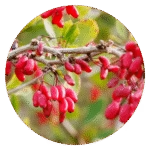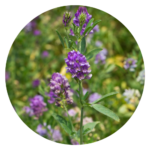Kava | Piper methysticum
A potent herb known for its calming and muscle relaxant properties. Its active compounds, kavalactones, interact with the central nervous system, promoting relaxation, reducing anxiety, and aiding sleep without impairing mental clarity.





